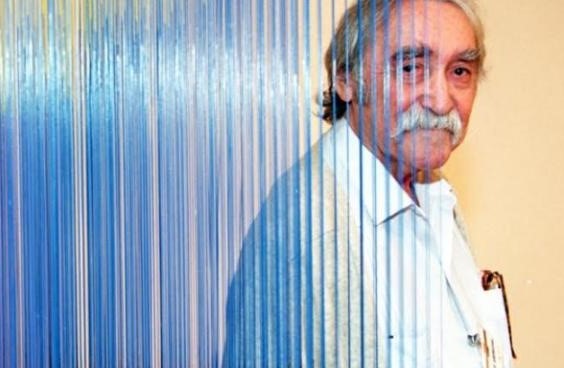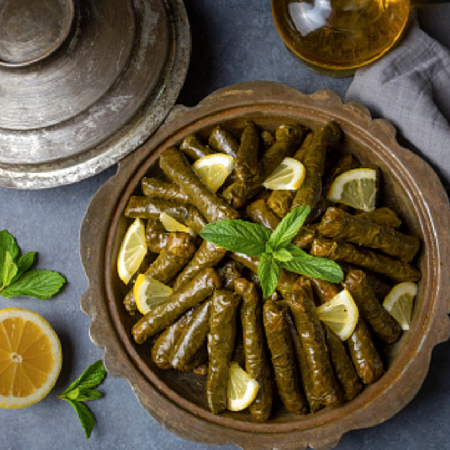THIS WEEK’S MUSE
JESÚS RAFAEL SOTO

“For me, art is… a way of knowing the universe,”
Jesús Rafael Soto was a pioneering figure associated with the kinetic art movement from the mid-1950s. He is recognized for his large-scale sculptural work that deals with ideas of motion and space.
Soto grew up in Cuidad Bolívar – a historic city in central Venezuela that grew up on the south bank of the Orinoco River. Born in 1923, he left school at age 11 to contribute to the family finances, creating lettering for store signs and posters for the town’s movie theatre.
“The only artists that I knew were the lettering painters. My family was very happy. I could earn some money, make lettering till the end of my days. Nobody looked further than that…“
In late 1950, he moved to France and immersed himself in the Paris art scene and supported himself by playing guitar in cafés and nightclubs. “I played from 11pm to 5am, slept until 2pm, then painted until 8pm,” he recalled. “That’s how I lived.”
Through artists such as Paul Klee and Piet Mondrian, Soto discovered the idea of ‘dynamizing the neoplasticism’ – embracing primary colors and simple shapes as the building blocks of artistic expression. Around this time, he began experimenting with ‘serial art,’ the repetition of formal elements within a work to create the narrative.
This in turn led to him looking to incorporate time and real movement through the treatment of space.
In 1955 he was invited to participate in Le Mouvement, an exhibition that put the kinetic art movement on the cultural map and provoked popularity and influence across Europe and Latin America.
The exhibition also cemented his position as one of the movement’s leading lights.
The importance of viewer participation is fundamental to Soto’s creative philosophy. We are encouraged to “step in” and become participants; rather than contemplate from a distance we are invited to “activate and complete” the work. The swaying nylon threads, or plastic strings of his large-scale works turn a gallery into an all-encompassing, kinetic installation. The viewer, placed within this environment, was central to the work’s meaning.
Soto’s sculptural environments play with the juxtaposition of solid materials and the void between them. By giving agency to the viewer to “experience from within,” the way we traditionally make the distinction between reality and illusion in art is blurred. He hoped to transform viewers’ perceptions, unleash their imaginations, to—at least in spirit—”make visible a deeper reality.”
Everyone that engaged with his work, he felt, would each bring a different interpretation of a space, and privately ask, “What’s happening here?” He set out the framework for an artistic philosophy that would “transcend the conventional parameters of painting and sculpture.” For Soto, participation in the work provokes a deeper engagement, and therefore makes the experience more stimulating.
“Artistic creation is a force which should preferably be directed towards the exploration of space… of the universe… of the infinite realities which surround us, but of which we are hardly conscious.”
HAPPENING
Saturday, February 25. 9:30–11:30am

2ND STUFFED GRAPE LEAVES & LEBANESE RICE
With Amy Talhouk
Roll up your sleeves and make Lebanese style grape leaves!
Member – $40, Non-member – $44
